Cease and Desist Letter Template for Harassment Cases
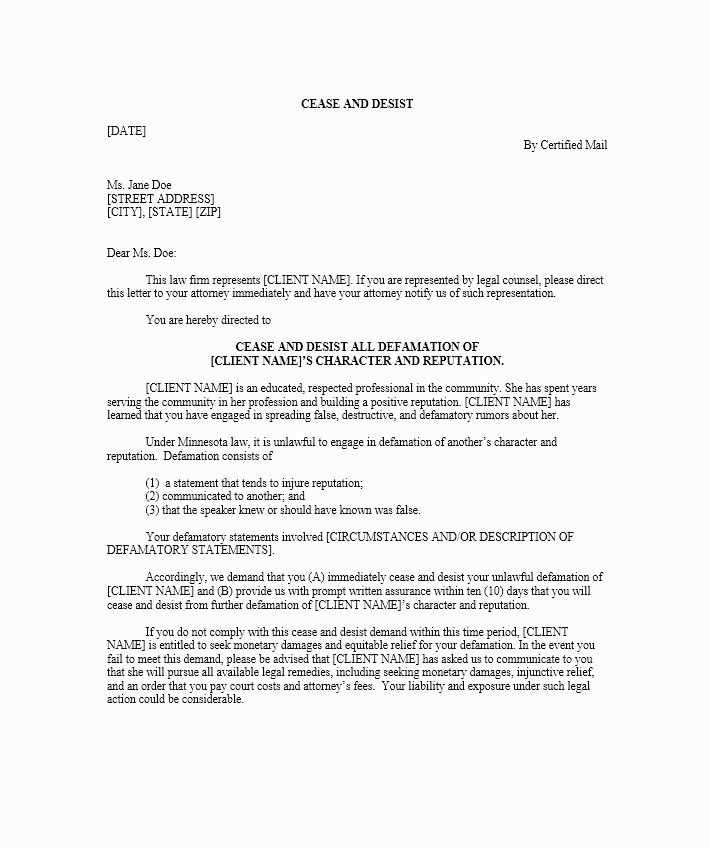
In situations where an individual or entity engages in inappropriate or harmful actions, it is often necessary to take formal steps to demand that these behaviors stop. A well-constructed document can serve as an official request, laying out clear expectations and the consequences for continued misconduct. This process is essential to assert your rights and protect your peace without immediately involving legal authorities.
Key Aspects of a Strong Request
To ensure the message is clear and effective, the communication must contain specific details. Below are essential elements that should be included:
- Identification of the issue: Clearly outline the actions that are causing harm or discomfort.
- Explanation of impact: Describe how the actions are affecting you or your business.
- Request for immediate cessation: Demand that the behavior stops within a set timeframe.
- Consequences for non-compliance: Specify the potential legal or other actions if the behavior continues.
How to Craft an Effective Document
Writing an official notice requires clarity and professionalism. Be sure to use formal language that is free of emotional language or unnecessary threats. Here’s a general outline to follow:
- Opening Statement: Address the recipient and state the reason for writing.
- Details of Misconduct: List the specific actions that are causing issues.
- Request for Change: Firmly state what you expect from the recipient.
- Consequences: Clearly mention what will happen if the actions continue.
- Closing: End the message by providing your contact information and a deadline for response.
When to Send a Formal Request
Sending such a notice is usually the first step in resolving a conflict without escalating the situation. It is appropriate when attempts to resolve the issue through informal communication have failed. Additionally, it is important to send the notice when you want to formally document the request, as it can serve as proof if further legal action becomes necessary.
Ensure that the document is sent via a method that confirms delivery, such as certified mail, so that you have a record of when the recipient received the request.
Possible Responses and Next Steps
Once the document is delivered, the recipient may either comply with the request, ignore it, or contest it. If they fail to respond or refuse to stop the behavior, it may be time to consult a legal professional for further action. Having a formal notice on file gives you the advantage of having a well-documented trail of events, which can be essential if the situation progresses to a legal dispute.
Understanding Formal Notices for Stopping Unwanted Actions
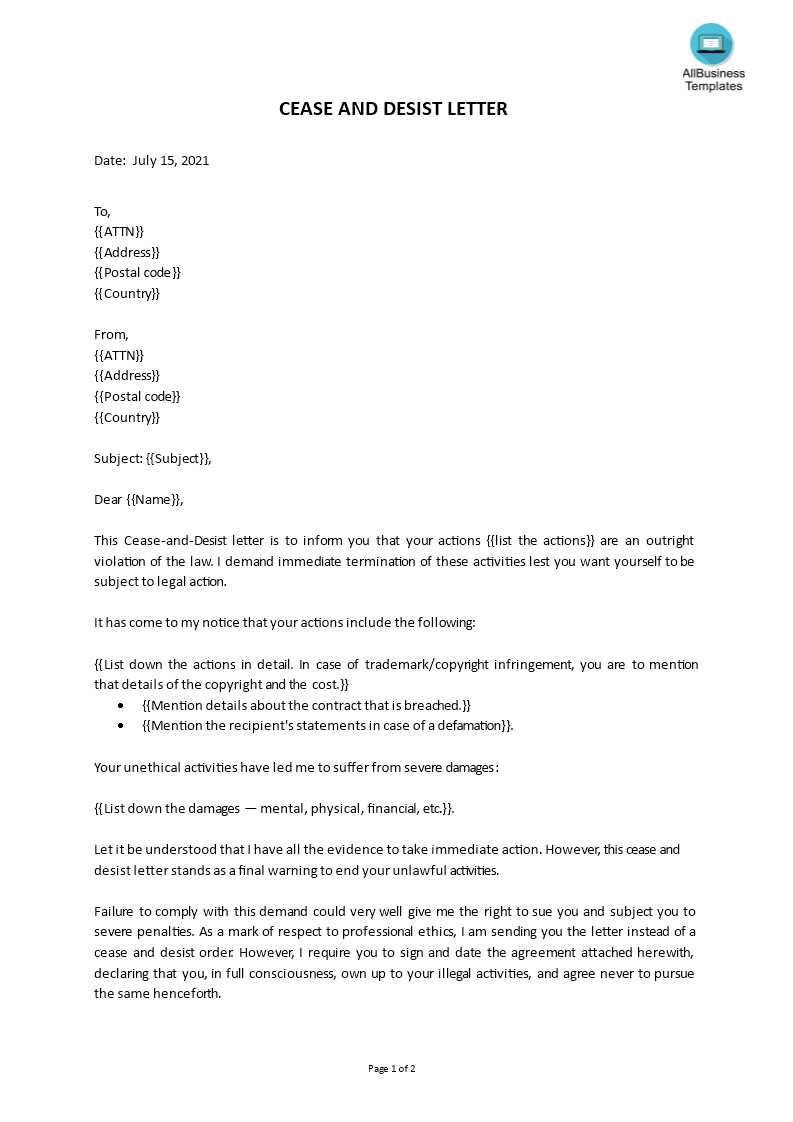
When someone engages in harmful or disruptive behavior, it may be necessary to formally request that they stop. This official document is a powerful tool to address such issues, providing a clear and professional way to express the desire for the behavior to end. In this section, we will explore how to create an effective document, the key elements it should include, and the potential legal consequences of sending one.
How to Write a Formal Request
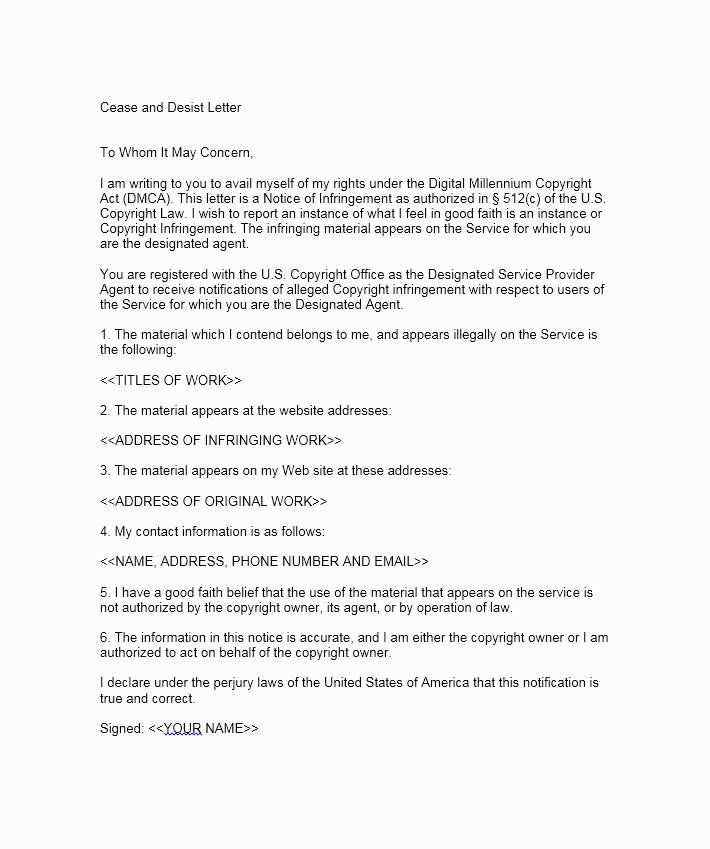
Crafting a formal request requires clarity and precision. It should state the problematic actions, explain their impact, and ask for immediate cessation. This written request should be straightforward, professional, and devoid of emotional language. Including specifics such as dates, details of the actions, and desired outcomes will help ensure that the message is unambiguous and easy to understand.
Important Elements of a Well-Structured Request
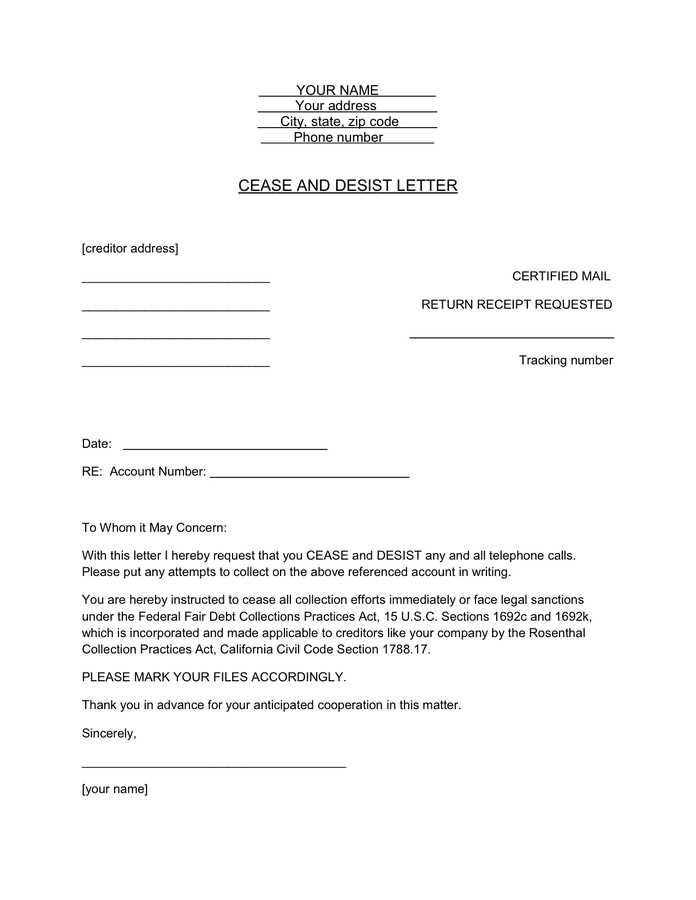
To make the request effective, certain components must be included:
- Clear description of the behavior: Detail the specific actions that need to stop.
- Impact statement: Explain how these actions are affecting you or your organization.
- Action request: Clearly state what you expect the recipient to do (i.e., stop the behavior).
- Potential consequences: Mention any further legal or other actions if the request is ignored.
These elements ensure that the notice is not only clear but also sets the stage for any future steps if the situation escalates.
Legal Considerations and When to Send a Notice
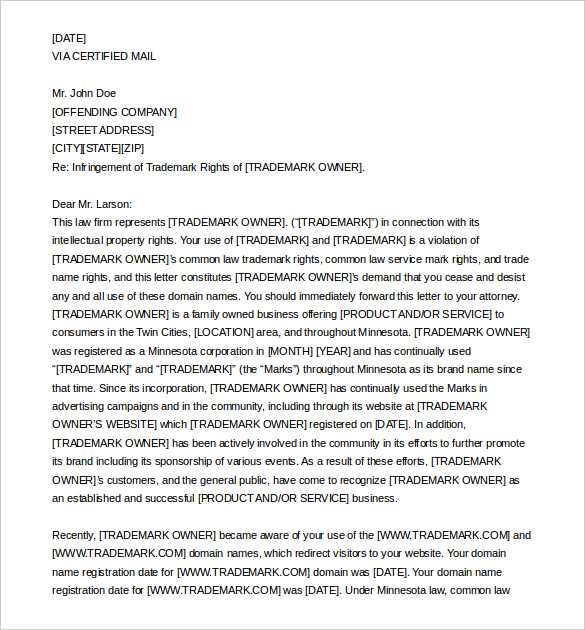
Sending a formal notice can have legal implications, especially if the behavior continues despite the request. If the recipient ignores the document or refuses to comply, you may need to pursue other legal actions. It is critical to consult with a legal professional to understand your rights and any potential steps to take. Sending the notice is often the first step in formalizing your request, offering an opportunity to resolve the situation before pursuing court actions or further legal measures.
How to Respond to a Formal Request
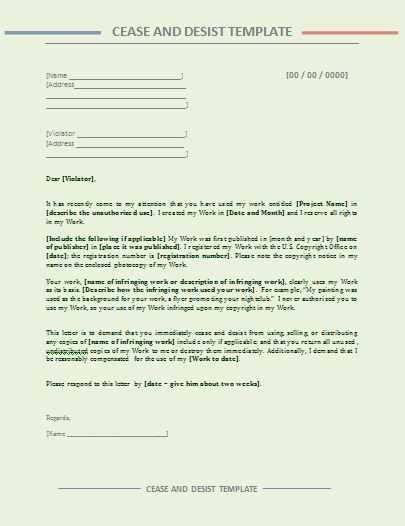
If you receive such a request, it’s important to respond promptly and appropriately. Ignoring the document may escalate the situation, potentially leading to legal action. In some cases, an apology or acknowledgment of the behavior and a commitment to stop may resolve the matter amicably. If you disagree with the request, it’s essential to seek legal advice to understand your options and ensure that your response is appropriately handled.